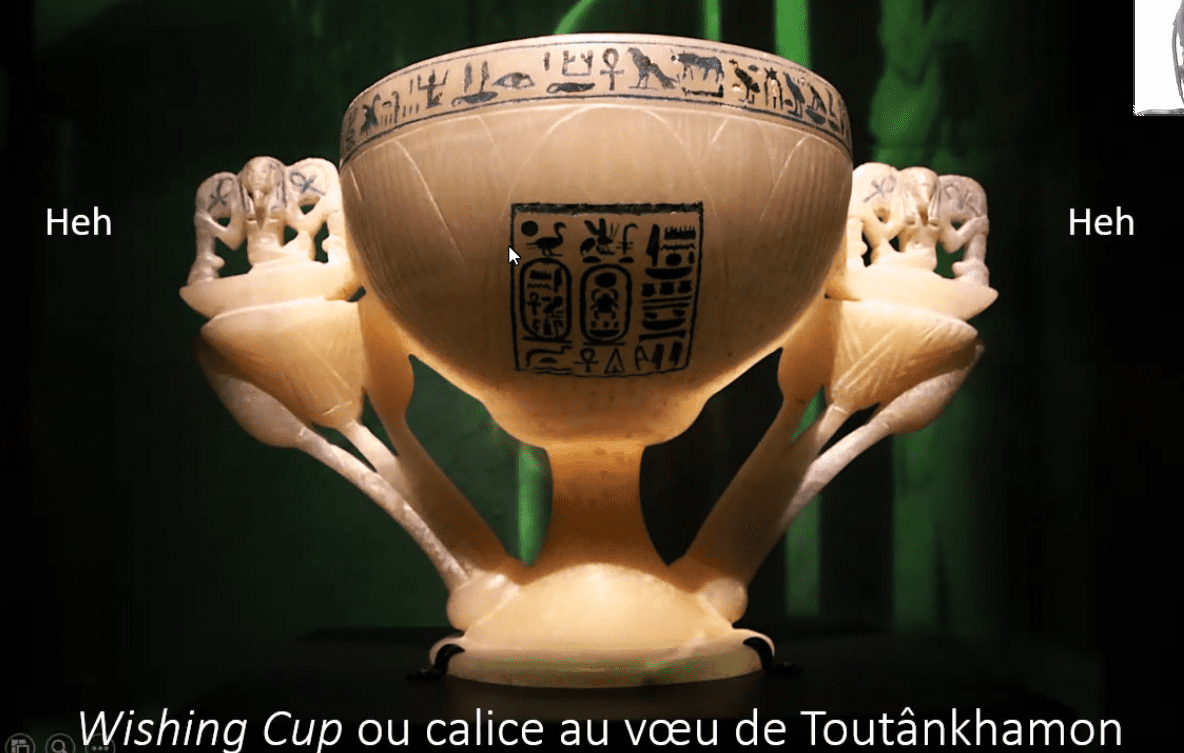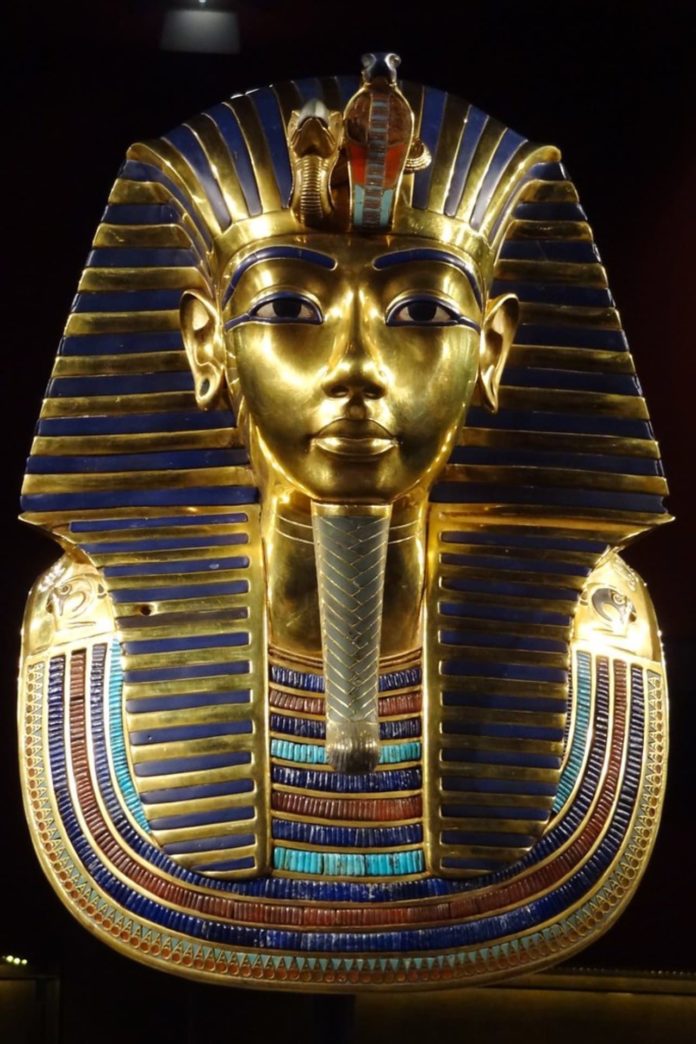The limited access to culture must have been a burden for some people during those two months of quarantine. El Greco, Turner, Christo, and Jeanne-Claude… If you have missed those major events of culture, D’art et d’histoires is there for you. This company has been invented by Tatiana Bailleul, a museum guide, who has had to bounce back when her activities had completely stopped. She then found fifteen other guides to make video-conferences on the newest exhibitions or other, more specialized, cultural subjects.
“At the beginning of the quarantine, with more than 250 cancellations and turnover at zero, I founded this visit by video-conference company “in survival mode” with my history teacher friend. It came quite naturally“, Tatiana Bailleul explains, usually guide in the L’Échappée Belle agency that opens for her the doors of the biggest Parisian museums.

Slide created by Charlène Monot-Breganni
The format is simple: after having paid 10 euros for a visit, a connection link to the Zoom application is sent. Everyone then connects to the indicated time and gets -virtually- face-to-face with their guide of the day. This Saturday of June, we go down to the Tutankhamun tomb accompanied by Charlène Monot-Breganni, a specialist in Egyptology. “In general, there are a dozen people during visits but Tutankhamun attracts people so much that we are forced to schedule several visits.” 2:30 pm. About thirty people are connected. There is a lot of families: the mystery around Tutankhamun’s tomb, discovered in 1922, attracts a lot of children.

Slide created by Charlène Monot-Breganni
Similarly to the real exhibition presented in 2019 in the Grande Halle de La Villette (a great cultural exhibition building in Paris), the sessions are quickly fully booked. “I have made a genuine work on the iconography and the verification of the updating to prepare the visit” the graduate of the Louvre School explains. “And I also changed the exhibition plan: I presented the objects by order of discovery to highlight the importance of excavation“, she adds, delighted to be freer in her presentations. Tatiana Bailleul gives full permission to every guide of the company to talk about subjects that they are passionate about, according to their specializations and their own angle of attack. “ There is a lot less pressure! “, she confirms.
“VERY USEFUL FORMATS FOR PERSONS WITH REDUCED MOBILITY AND SENIORS”
Details on objects, colorized photographs, tomb plans… The video-conference offers a different perspective over the antiquities presented during the exhibition. As the slides – made and presented by Charlène Monot-Breganni – go by, we notably learn that the Egyptian pharaoh was an ostrich hunting enthusiast, that he surely was the son of an incestuous union, and he was club-foot with a cleft-lip and was certainly affected by malaria… At the end of the two-hour visit, a discussion began within the participants. The questions lingered on the presentation as well as on the professional background of Charlène Monot-Breganni.
It is another approach to art that aims to continue even after the museums reopen their doors as these formats are also “very useful for people with reduced mobility, seniors…”, Charlène Monot-Breganni plans. “Later I would like to keep the two offers in parallel”, the archaeological sites regular adds. For Tatiana Bailleul, creating such a company was also a way to generalize art. She will soon make a seminar about the body, destined to an association of women in therapy, who cannot move around.




